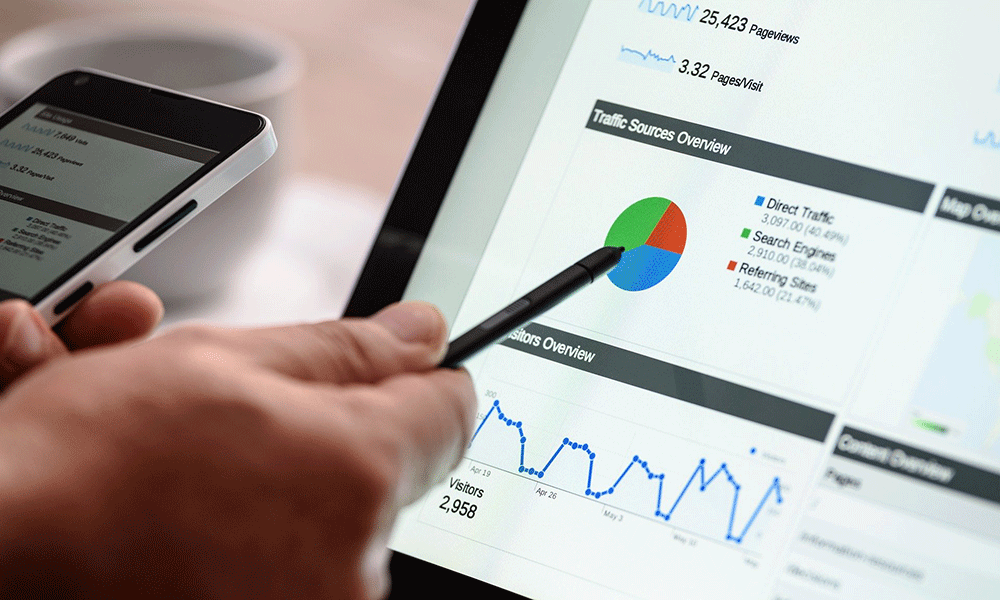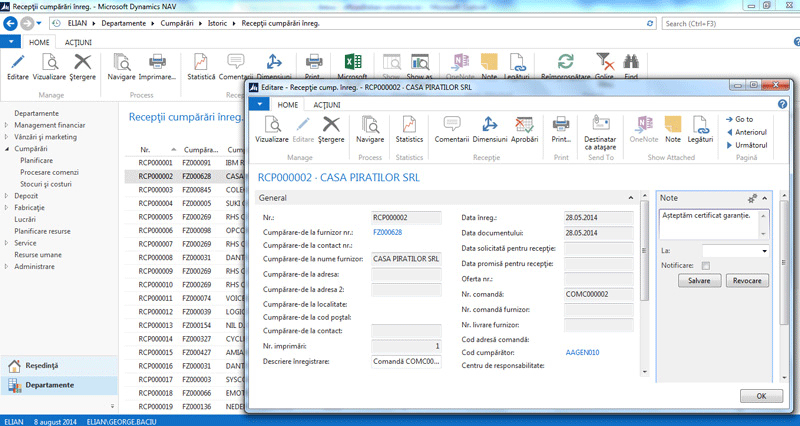The Purchases and Payables module allows you to manage the relationship with suppliers, starting from the registration of the purchase offer to the reception and registration of the final invoice. It also provides tools for optimising stocks in relation to production and sales activities.
Purchasing at the best price and at the right time optimizes the company’s stock control activity and allows the company to keep its customers satisfied.
If you need to control inventory, create an incoming invoice or purchase order to record the cost of purchases and track accounts payable. Also, incoming invoices are used to dynamically update inventory levels so you can minimize inventory costs and provide better service to your customers. Purchasing costs, including service expenses and inventory values resulting from the recording of purchase invoices, contribute to profit figures and other financial KPIs in your Role Center.
You need to use purchase orders if the purchasing process requires you to record partial receipts of a purchase order quantity because the entire quantity was not available from the supplier. If you sell items by direct delivery from the supplier to the customer, then you must also use purchase orders

Among the features of the module, we list:
* Provides tools to optimize inventory in correlation with production and sales activities.
* Possibility of multiple receipts and multiple invoices from the purchase order.
* Establish complex discount and pricing policies at supplier, item or combination of these.
* Facilitates the establishment of supply policies at item level, based on various criteria (minimum stock, minimum quantity, reorder, maximum stock, etc.) while taking into account the supply times specific to each supplier.
* Allows the registration of item catalogues per supplier, with item coding specific to the supplier.
* Can suggest payments to suppliers according to different criteria (priority, due date, possible payment discounts, etc.).
* An approval flow can be established in the system, so that purchases exceeding a certain value threshold cannot be operated without prior approval.
* Allows quantitative-value tracking of purchases in a period at item and supplier level, also correlated with previous budgeting
Costs: reduce operational costs by setting complex discounting and pricing policies, by sending automated payment suggestions to the supplier.
Time: Reduces the time needed to prepare inventory through optimization tools. Reduces working time by enabling multiple receipts and multiple invoices.
Risks: Reduces business risks by establishing item-level sourcing policies, by being able to track the quantity and value of purchases, by establishing a pre-approval workflow for purchases above a certain value.
.


